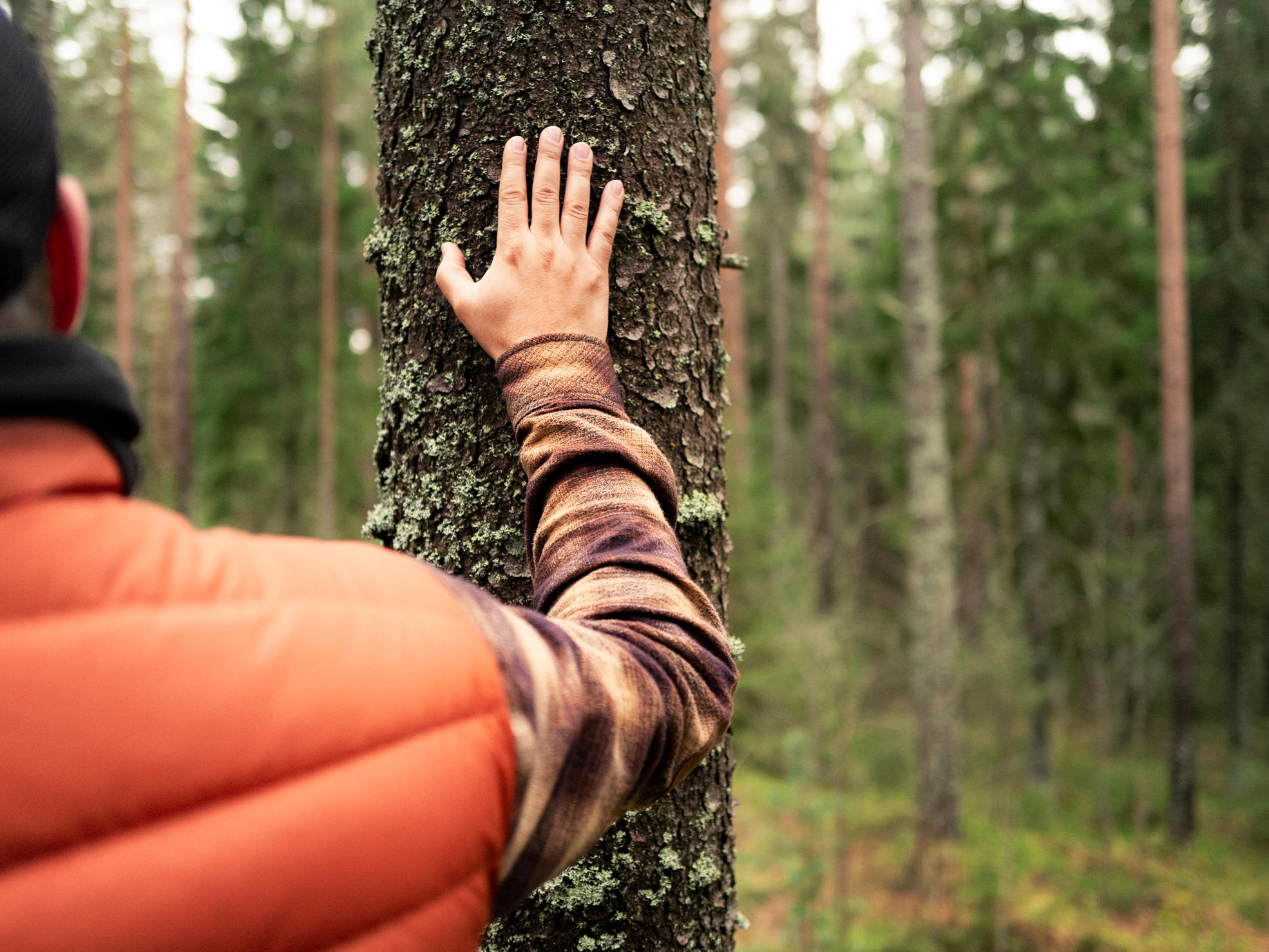Instead of donations, I often recommend a direct sale. One of the children buys the entire forest estate and then compensates the other siblings for part of it. The purchase price can be up to 25 per cent lower than the going price without the buyer having to pay gift tax. Of course, pricing must always be based on an independent estimate.
The situation is much more complex if the estate is a traditional farm, with buildings and possibly a shoreline. Even then, instead of dividing the estate with a ruler, I advise the participants to openly discuss things and find out what the children are really interested in. For example, the forests can go to one of them, the summer cottage and any lakeside or seafront plots to another, and the old home and plot around it to a third.
Currently, the challenge in these cases is that the value of old residential buildings has plunged in sparsely populated areas. It may require the next generation to opt for mutual compensation to find some sort of balance in financial values. For the successor, the old home may still carry a value that cannot be measured in money alone.
Joint ownership is another option in generational handover. It has proved to function well, especially in forest asset management, but it also comes with certain requirements. In joint ownership, the parties must be able to reach unanimous decisions. In addition, one of the parties must still show a genuine interest in the forest and forest management.
The goal of a generational handover should be to keep everyone satisfied. It should be discussed with the children well in advance of the final decision. You thus avoid having to make decisions under pressure and in a hurry. When you address matters in advance, you have time to review different alternatives, ask about everyone’s interests and find the person who genuinely wants to continue operations on the estate.

